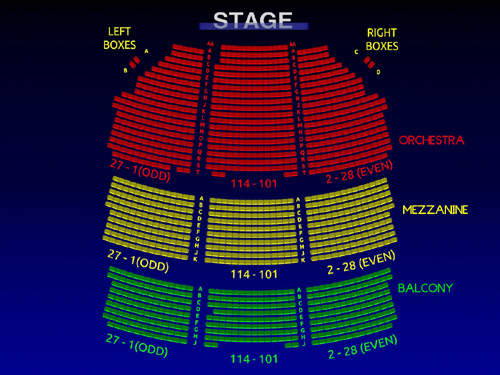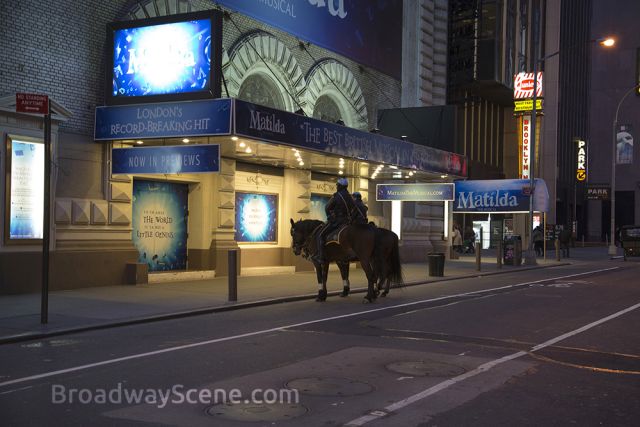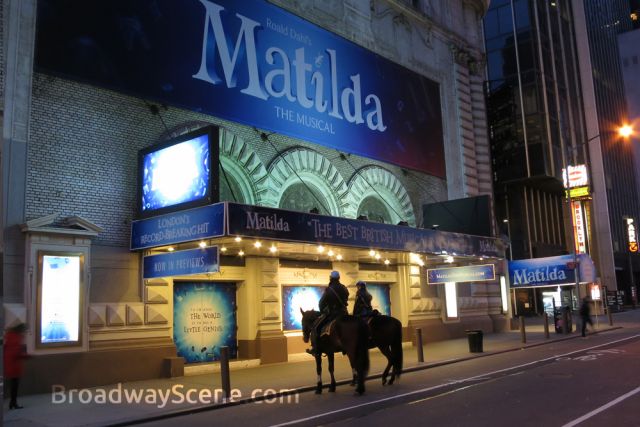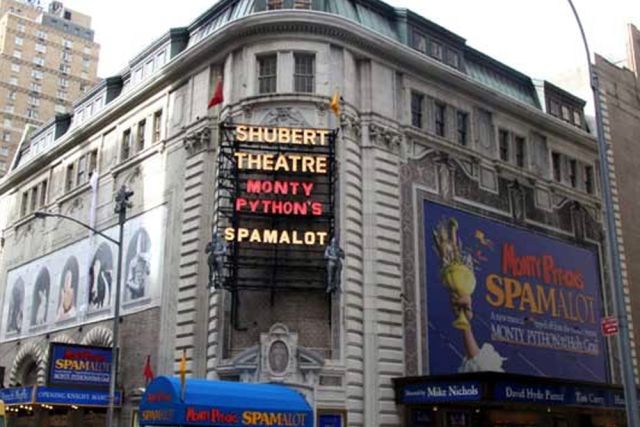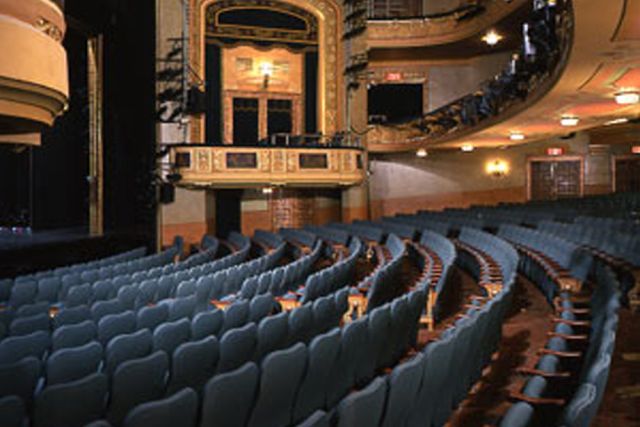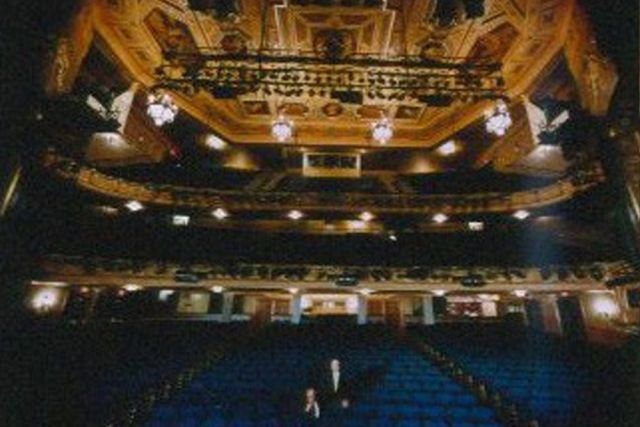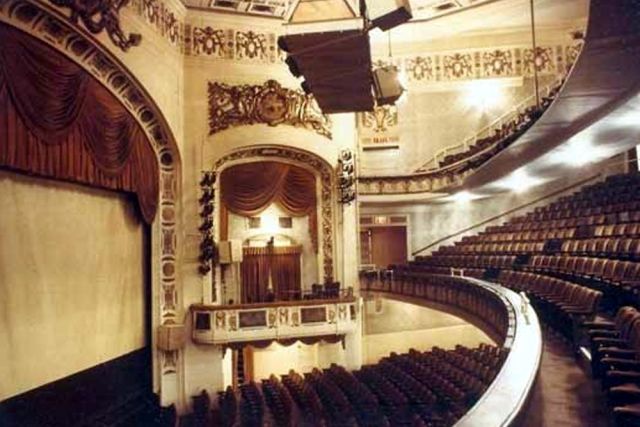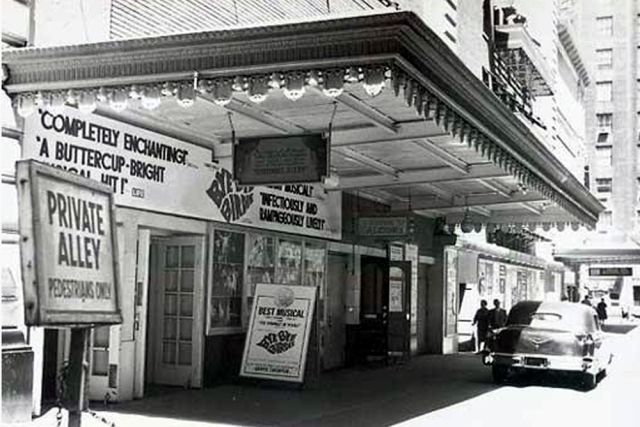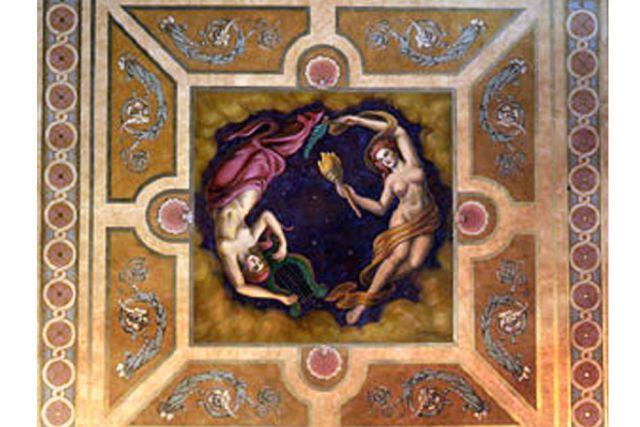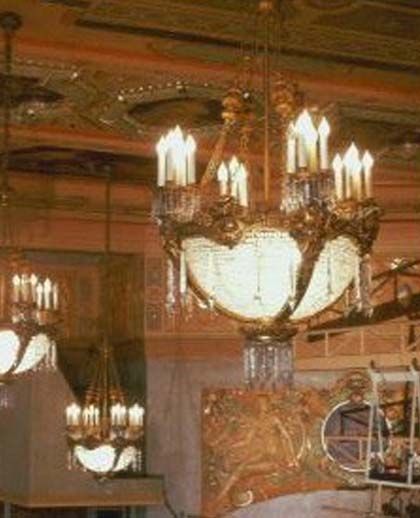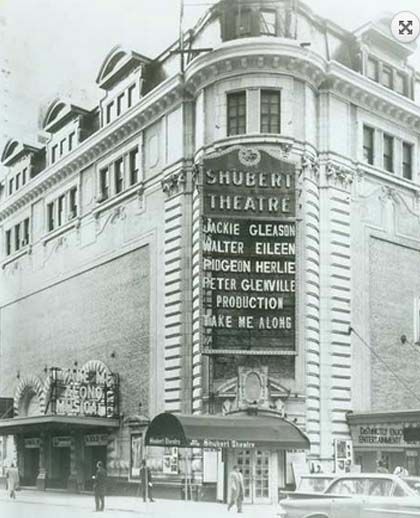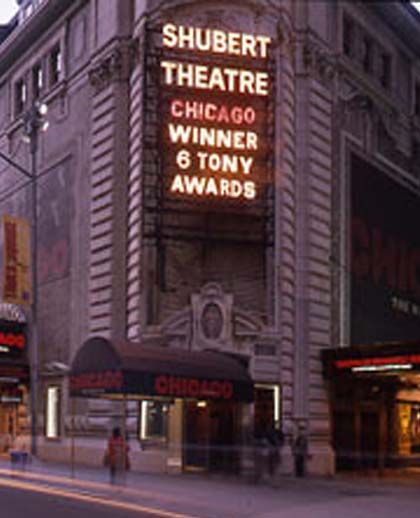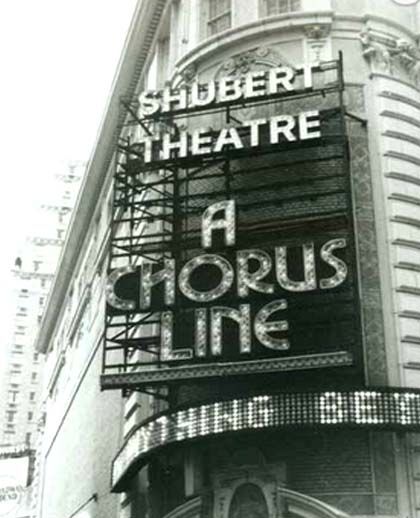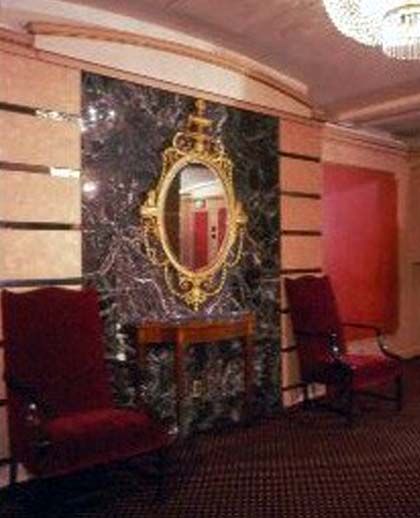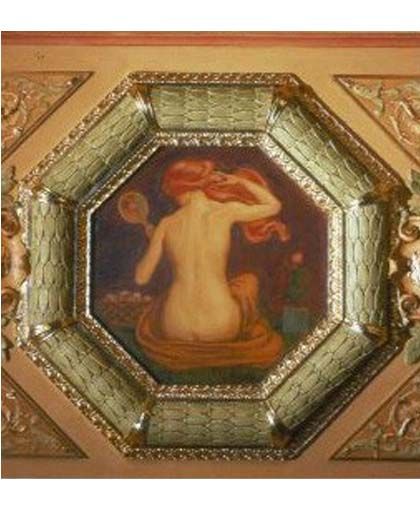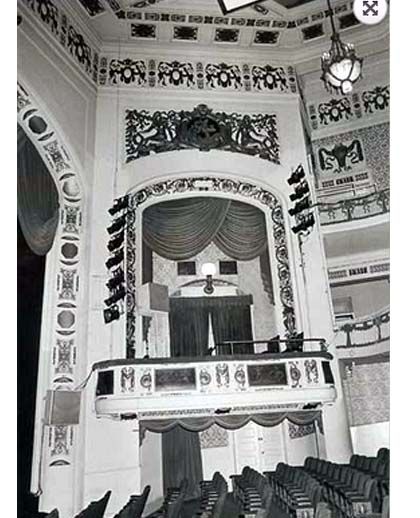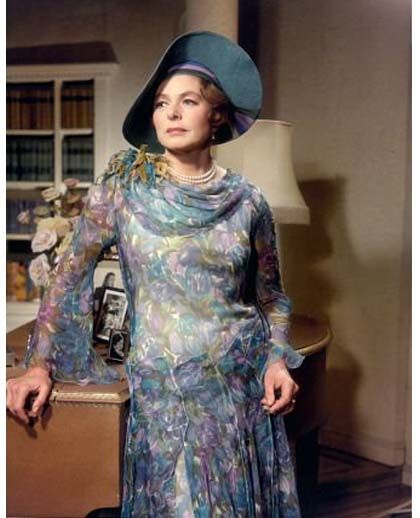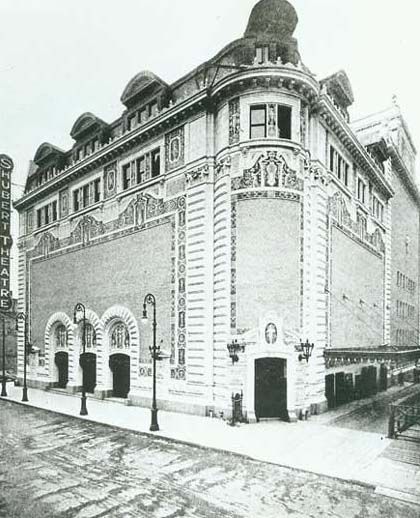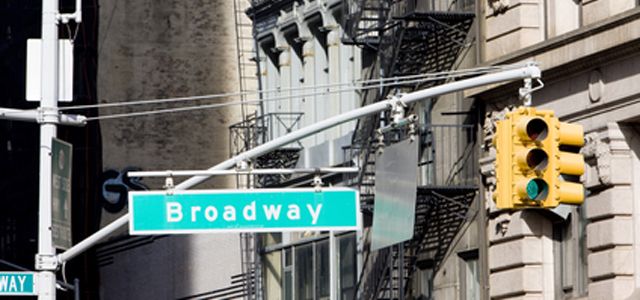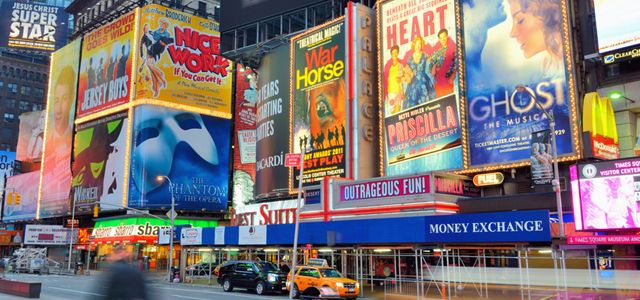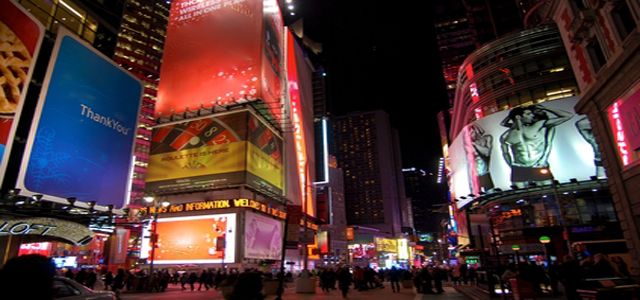The Shubert Theatre
The Shubert Theatre had its origin in an “art” playhouse that was dedicated to presenting serious drama called the New Theatre. The New Theatre Group project, of which Lee Shubert was a member, ended up being a flop, but despite this, they rented out some land to construct a new building. The plan was neglected, but Lee Shubert and his former New Theatre colleague, Winthrop Ames, obtained a lease for the site and constructed two neighboring theatres there. Ames operated the Booth Theatre, which was the smaller of the two. Lee and J.J. managed the larger house, which they named the Sam S. Shubert Memorial Theatre to honor their brother who had died in May 1905.
Significant History
The Shubert opened in 1913 with the admired British actor Johnston Forbes-Robertson’s repertory company presenting plays such as The Merchant of Venice, Hamlet, Othello, and others. The Shubert housed a variety of plays and musicals in its early years. Significant plays that were presented in the space include Lionel Barrymore in Copperhead (1918), Katharine Hepburn and Shirley Booth in The Philadelphia Story (1939), and Ingrid Bergman in The Constant Wife (1975).
An exceptionally inspiring string of musicals has been enjoyed at the Shubert. Several Rodgers and Hart works premiered at the venue, including Babes in Arms (1937), which included the standards “The Lady is a Tramp” and “My Funny Valentine,” and Pal Joey (1941) with Gene Kelly. Cole Porter had a couple of successes at the Shubert, including Gwen Verdon in Can-Can (1952). In 1956, Judy Holliday was featured in Comden and Green’s Bells are Ringing.
Notable musicals of the 1960s and 1970s included I Can Get it for You Wholesale (1962) with Barbara Streisand in her Broadway debut, and Stephen Sondheim’s A Little Night Music (1973), which introduced the world-famous song “Send in the Clowns.” A Chorus Line opened at the Shubert on October 19, 1975, and ran for fifteen years before closing on April 28, 1990. A revival of the Broadway masterpiece Gypsy starring Bernadette Peters opened in 2003. The Shubert has also been home to other significant productions including the Tony Award-winning musical Spamalot (2005), and the masterful Angela Lansbury in a revival of Blithe Spirit (2009).
A Unique Design
The Shubert Theatre, along with the Booth Theatre, has a unique design. The two theatres share an exterior fused with the same Venetian Renaissance style, but their interiors are entirely different. Henry B. Herts decorated the façade with plaster murals created by engraving plaster while it was still wet. Another distinguishing facet is the private road connecting 44th and 45th Streets. This road runs between the two theatres and separates the Shubert from the Minskoff Theatre. Since this roadway is used as a shortcut to 45th Street for theatregoers, it is called Shubert Alley. The sophisticated interior of the Shubert is exhibited with intricate plasterwork and a sequence of panels painted with a theatrical-theme. These panels enhance the boxes, the ceiling, and the area above the proscenium arch. Lee had an apartment constructed above the theatre’s office. This apartment is currently being utilized as the offices for the Shubert Organization.
A Glorified Theatre
With 1,521 seats, the Shubert Theatre has been selected as a New York City landmark, and it fills a special place in Broadway theatre history. In 1963, to honor the Shubert’s fiftieth anniversary, the organization attached a plaque to the exterior wall of the venue overlooking Shubert Alley. It dedicates Shubert Alley to “all those who glorify the theatre.” The commemorative plaque enhanced the fact that the Shubert Alley was and still is the heart of the Broadway theatre district and emblematic of the organization’s dedication to the art of theatre.
Google Street View

